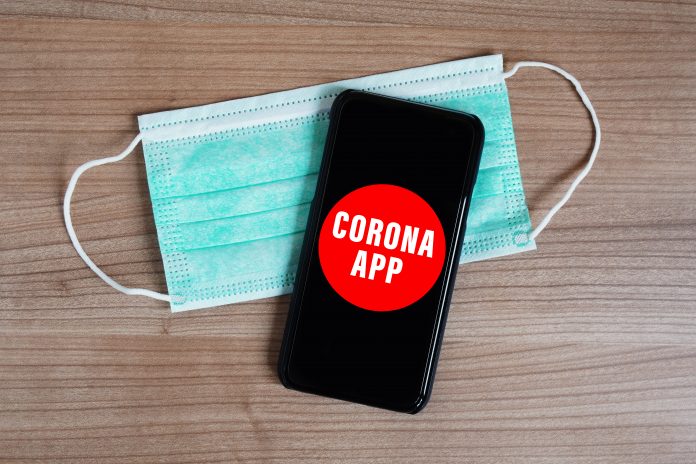Carlos Pinheiro, Principal Data Scientist, SAS, explores at mobility tracing as a more effective and safer alternative to contact tracing, one which would allow for lockdown measures to be eased more gradually
COVID-19 has and continues to have both a monumental and catastrophic impact on our lives. However, the efforts which have gone into tackling it have been equally magnanimous and brave. While it may seem slow, progress is being made and technology is helping to pave the way back to normality.
Easing lockdown measures will not come down to just one component. Contact tracing has been mooted as a driving force, with the NHSX app due to be rolled out across the UK later this month. This in isolation may not be wholly effective, though, given its dependence on public uptake and accurate data input.
To provide further support, the next logical step is to focus on mobility tracing. This will allow for lockdown measures to be eased more gradually and from a regional standpoint, as opposed to a blanket national policy.
The limitations of contact tracing
Contact tracing apps rely on social network analytics. Using the NHSX app as an example, users who have consented to having their data used become part of an entire network of contacts. Location data is the key here, which can be collected via apps, telecommunication companies and many other ways. Entity resolution is then used to combine and match all these different data sources into a centralised repository.
From this point, users must input as and when they have tested positive for the virus or if they are experiencing symptoms. With the user’s data all in one place, social network analytics can track backwards to identify anyone who has been in close proximity in a time interval with the potential spreader, allowing the app to notify them immediately.
If used efficiently, this can be an effective way to control the spread of the virus. However, it relies heavily on two things. Firstly, research suggests at least half the population need to actually opt-in and use the app for it to be effective. Secondly, users must upload their symptoms correctly. Ultimately, these two factors are out of the control of government and health officials. There is, however, an alternative method which can be used; one which is less reliant on external factors.
Is mobility tracing the way forward?
Where contact tracing relies on social network analytics, mobility tracing is powered by location network analytics. It is a broader approach; one less focussed on tracking individual interactions. Instead, it provides patterns in the spread of the virus by location.
Using aggregated data from telecommunication companies, which requires no individual information, the flow of people between different locations can be analysed over time and correlated to the spread of the virus. By combining this with data on those who have tested positive for the virus, key locations in the spread of the virus can be monitored more closely and provided with appropriate regulations.
By using telco data, which ensures people’s privacy, and by only using data from those who have officially tested positive for the virus, this method of tracing removes user dependency. This will allow for an approach which is informed by more accurate and actionable insights.
Helping Britain get back to business
There have been suggestions by the government that regional regulations could be issued to tackle the spread of the virus, while relieving restrictions on other parts of the country. To achieve this safer and more tailored approach to easing lockdown, mobility tracing is essential.
By identifying the key areas which contribute to the spread of the virus, or areas in which infections have spiked, government and central health authorities can work with local authorities to manage the spread of the virus in high-risk areas.
This will ultimately allow areas with fewer infections, or less risk of spreading the virus, to be relieved of the stricter measures which inhibit the ability to conduct business as normal. As the capital city, London can naturally be expected to be a high-risk area. However, with enough accurate data, location network analytics could allow areas within the capital to be monitored and regulated individually.
Contact tracing represents an opportunity to contain the spread of the virus if used effectively. However, mobility tracing goes a step further by monitoring the spread of the virus while easing large proportions of the country out of lockdown. The ‘new normal’ is a phrase that has been used widely, and this could return some people back to something resembling the old normal.











